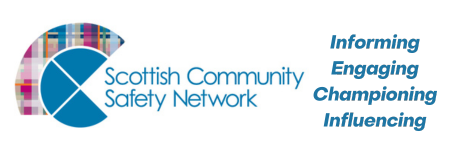Since the start of the pandemic, SCSN have been identifying key trends and emerging data pertaining to community safety issues. We’ve collated all of this and are using it to keep track of emerging issues for safer communities and how the pandemic is affecting people over time. We are sharing this information with community safety partners in case it is of use to their local planning and response processes too. You can view part I of our briefing paper, published in May 2020, here.
This briefing paper pulls together some of the statistics related to community safety that have been emerging since May. In doing so we have been able to provide an update on some of the trends identified in the previous briefing paper, including confidence in policing and mental health and wellbeing. There has also been a large amount of new data published relating to the impact of COVID-19 on children and young people. Finally, we highlight some of the data relating to the disproportionate impact of the pandemic on disabled people, and on the Third Sector.
Key findings
- Public confidence in Police approaches has remained generally high since March.
- Concerns about crime have remained consistent. These have included domestic abuse, perceived social distancing breaches and antisocial behaviour, dangerous driving and drug taking and dealing.
- The impact of COVID-19 on the mental health and wellbeing of the population continues to be of concern, although it is improving somewhat. Young people have been particularly affected, and online bullying and prejudice have emerged as a key concern.
- Disabled people have been disproportionately impacted by the pandemic and by lockdown restrictions. Surveys suggest that many people have had their support reduced, have experienced difficulties being able to physically distance, and some have experienced hate crimes.
- The Third Sector as a whole is facing serious financial concerns, coupled with increased demand for health, wellbeing and community services.
Read the Briefing Paper in full here.
